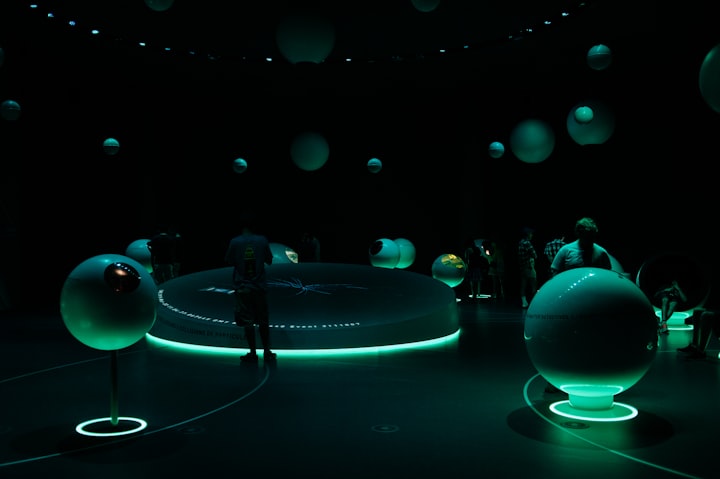Atomic Force research
Atomic Forces in Future

Atomic Force research
Since the introduction of the chemist Prize-winning scanning tunneling magnifier (STM) then the invention of the atomic force research (AFM) from the landmark publication by Binnig, Quate, and Gerber, the sphere of scanning probe research has exploded well on the far side mistreatment interatomic forces to image topography on the nanometre scale. the power to live unit forces and see atoms is scientifically tantalizing.
Topography imaging alone doesn't invariably offer the answers that researchers want and also the surface topology usually doesn't correlate to the fabric properties. For these reasons, advanced imaging modes are developed to produce quantitative knowledge on a range of surfaces. Now, several material properties is determined with AFM techniques, as well as friction, electrical forces, capacitance, magnetic forces, physical phenomenon, viscoelasticity, surface potential, and resistance.
Scanning Tunneling research
The development of the family of scanning probe microscopes started with the initial invention of the short-term memory in 1981. Gerd Binnig and Heinrich Rohrer developed the primary operating short-term memory whereas engaging at IBM metropolis analysis Laboratories in Schweiz. This instrument would later win Binnig and Rohrer the honor in physics in 1986.
Atomic Force research
The atomic force magnifier (AFM) was developed to beat a basic downside with short-term memory – it will solely image conducting or conductive surfaces. The AFM has the advantage of imaging nearly any kind of surface, together with polymers, ceramics, composites, glass, and biological samples.
Binnig, Quate, and Gerber unreal the AFM in 1985. Their original AFM consisted of a diamond sherd connected to a strip of foil. The diamond tip contacted the surface directly, with the interatomic van der Waals forces providing the interaction mechanism. Detection of the cantilever’s vertical movement was through with a second tip – AN short-term memory placed higher than the cantilever.
How AN Atomic Force magnifier works
Analogous to however AN Scanning Tunneling magnifier works, a pointy tip is raster-scanned over a surface employing a electrical circuit to regulate parameters required to image a surface. not like Scanning Tunneling Microscopes, the Atomic Force magnifier doesn't want a conducting sample. rather than exploitation the quantum mechanical result of tunneling, atomic forces ar wont to map the tip-sample interaction.
Often named as scanning probe research (SPM), there ar Atomic Force research techniques for pretty much any measurable force interaction – van der Waals, electrical, magnetic, thermal. for a few of the additional specialised techniques, changed tips and code changes ar required.
In addition to Angstrom-level positioning and electrical circuit management, there ar two parts usually enclosed in Atomic Force Microscopy: Deflection and Force mensuration.
AFM Probe Deflection
Traditionally, most Atomic Force Microscopes use a irradiation deflection system wherever a optical device is mirrored from the rear of the reflective AFM lever and onto a position-sensitive detector. AFM tips and cantilevers ar usually micro-fabricated from Si or Si3N4. Typical tip radius is from some to 10s of nm.

Measuring Forces
Because the Atomic Force magnifier depends on the forces between the tip and sample, these forces impact AFM imaging. The force isn't measured directly, however calculated by activity the deflection of the lever, knowing the stiffness of the cantilever.
Hooke’s law gives:
F = -kz
where F is that the force, k is that the stiffness of the lever, and z is that the distance the lever is bent.

Feedback Loop for Atomic Force research
Atomic Force research incorporates a circuit mistreatment the optical maser deflection to manage the force and tip position. As shown, a optical maser is mirrored from the rear of a cantilever that has the AFM tip. because the tip interacts with the surface, the optical maser position on the photodetector is employed within the circuit to trace the surface for imaging and measurement.

About the Creator
Andleeb Rashid
A writer practicing in both prose and script. With a deep passion for film and screenwriting, I use this platform to publish all unique ideas and topics which I feel compelled to write about! True crime, sport, cinema history or so on.






Comments (1)
Informative